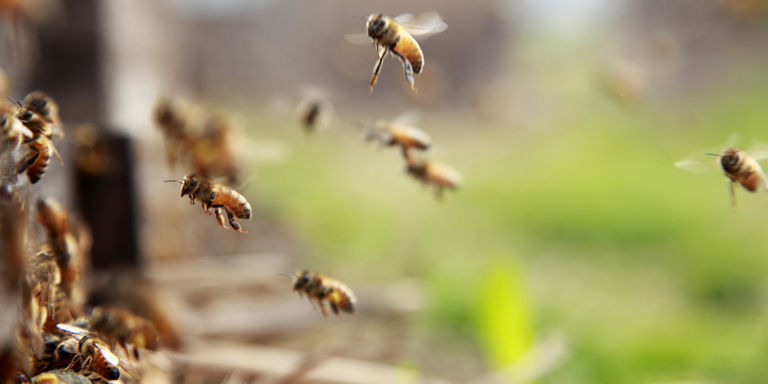Anaphylaxis (allergic shock)

Table of contents:
The term anaphylaxis is generally used for unexpected, rapid and severe allergic reactions involving a drop in blood pressure, collapse, loss of consciousness and shock. Symptoms that can be life-threatening occur within seconds to minutes, rarely hours, after contact with the allergenic substance.
Triggers
The most common anaphylactic reactions in adults are triggered by insect venom, medicines and foods (e.g. peanuts, nuts, shellfish, soya). Children most commonly react with anaphylaxis to foods (e.g. peanuts, nuts, fish, eggs, milk), followed by insect venom (bees, wasps) and medicines.
Symptoms
The reactions occur very quickly and unexpectedly after contact with the allergen. The reactions can involve more than one organ system, such as the skin and mucous membranes, the digestive tract, the respiratory tract and the cardiovascular system. The following symptoms may occur separately or in various combinations.
The first signs are:
- Itching and swelling of the palms of the hands or soles of the feet, the eyelids, oral mucosa, lips or tongue
- Itching weals (red, raised areas of skin)
- Breathing difficulties, shortness of breath, coughing fits
- Gastrointestinal complaints (stomach cramps, vomiting, diarrhoea)
- Severe dizziness, feeling of debility. Anaphylactic shock is divided into different stages, depending on severity.
Diagnosis
As the symptoms are not always typical, diagnosis is often not straightforward. Following emergency treatment, there is the option of determining chemical messengers in the blood. This can be done one to three hours after anaphylaxis.
On the other hand, it is clear that after an anaphylactic reaction a specialist should always be consulted in order to identify the trigger for the allergic reaction.
Treatment
Treatment depends on the severity of the anaphylaxis.
The following medicines are used for an anaphylactic reaction:
- adrenaline
- antihistamines
- cortisone
- bronchial dilators for asthma / asthma spray
The emergency kit comprises one or two prefilled adrenaline syringes and an antihistamine and cortisone product in either tablet or drop form and possibly an asthma spray as well. The doctor will determine the dosage for each medicine. The emergency kit must always be to hand. Both sufferers and their parents or carers should know and regularly practise how to use the kit in emergencies.
We recommend asking the doctor to prescribe several emergency kits in order to ensure that sufferers always have one with them, e.g. in their handbag, rucksack or school bag. Other kits can be kept at home, school or at work.
Specific immunotherapy (desensitisation) may be initiated in the case of an insect venom allergy.
Tips and tricks
It is essential that sufferers take the necessary preventive actions:
- avoid allergens and be familiar with alternatives
- always have an emergency kit with them
- have an individual emergency plan ready
- have an emergency allergy card with them (issued by the doctor)
- can recognise the symptoms
- notify and instruct those around them
- seek and notify support staff
- notify the school / daycare centre / creche / daycare staff or employers / trainers
- know their rights and obligations
- share information with other sufferers
- prepare well for holidays and travel (see holiday checklist)
- Expiry date: Regularly check the expiry date on the emergency medication.
Info sheet first aid for allergic shock
Facts and figures
It is estimated that around 10 people per 100,000 population per annum experience life-threatening allergic shock. Out of one million inhabitants, 1–3 people will die after a severe allergic reaction.
Editors: aha! Swiss Allergy Centre in co-operation with the Scientific Advisory Board.




